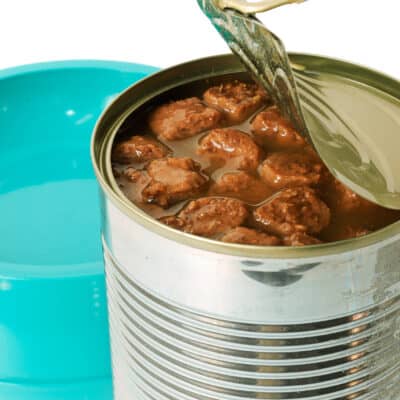
Make no mistake, marketers target cat food advertising to appeal to us.
The images of grilled chicken, carrots, spinach, and cranberries are there to make us imagine fresh, healthy food for our beloved kitty.
Cats are not little people, especially when it comes to nutrition—they are not even little dogs.
Cats are obligate carnivores, meaning they have evolved to derive all of their needed nutrition from eating only other animals.
When we put up fences around our vegetable gardens, we don't do it because cats might eat our carrots, peas, and tomatoes!
What Are Cats’ Nutritional Needs?
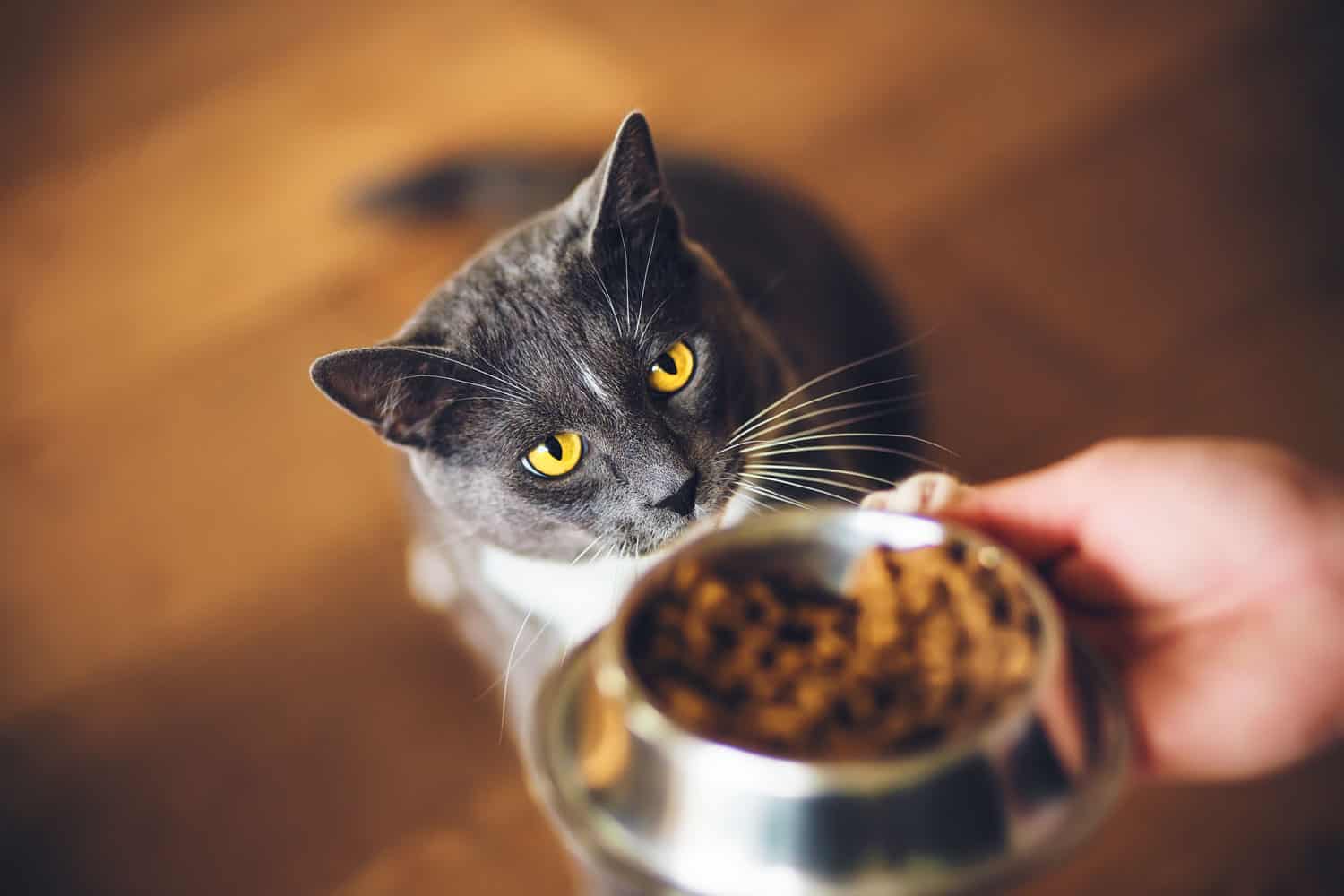
Cats need high (animal-based) protein and a moderate-to-high amount of fat.
Cats have no requirement for carbohydrates, and healthy cats need very little (if any) fiber. It is a myth that cats cannot digest or utilize the energy from carbohydrates.
That said, they have systems designed to process relatively small amounts.
When using commercially canned cat food, the healthiest option for your cat is to limit the carbohydrates to 10 percent or less.
So How Do I Read the Label?
- Start by ensuring the food you choose is labeled “complete” or “balanced” to ensure your cat’s minimum nutritional requirements will be met.
- Then make sure you are either using an appropriate food for your cat’s life stage (kitten, adult), or you are feeding a food appropriate for “All Life Stages.”
- You can basically ignore segment labeling such as “premium”, “super-premium”, “natural”, or “holistic”, as these have no official designation and do not hold a company to a set standard.
Two important aspects in choosing healthy cat food:
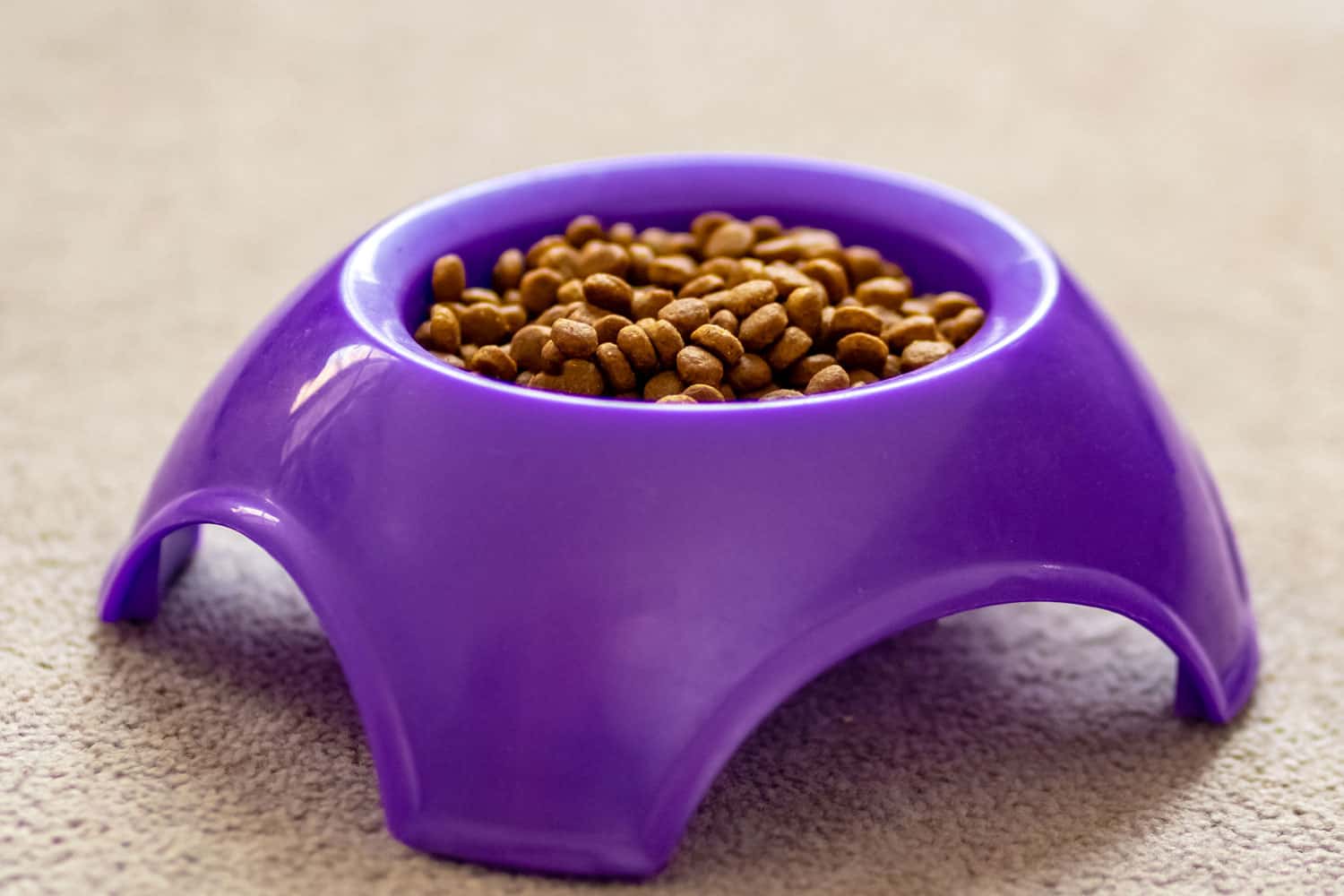
- Moisture and Nutrient Composition - This is the “macronutrient” content, which is the percentage of moisture, protein, fat, ash, and carbohydrate in the food. This is indicated by the “guaranteed analysis”.
- Ingredients - Cat food manufacturers are required to list the ingredients in descending order by weight.
"You said less than 10 percent carbohydrates, but they aren’t listed in the Guaranteed Analysis!"
The ingredient list can help us to some extent.
The absence of high carbohydrate ingredients like grains, peas, and potatoes is a good indication that the food is likely low-carb.
But without knowing the amount of each ingredient in the food, we have to turn to the composition for guidance.
The “guaranteed analysis” on cat foods:
- contains the moisture content and
- is listed in terms of maximums and minimums, and so by definition is inaccurate as it is not based on the average nutritional content.
Because the guaranteed analysis contains the moisture content, this information cannot be used to compare cat foods as each has a varying amount of moisture.
The moisture must be mathematically removed to determine the nutrient content. This is called evaluating the food on a “dry matter basis.”
To give us a rough idea of the carb content, the guaranteed analysis needs to be converted to a dry matter basis.
Then the information we do have: the (maximum and minimum listed) percentages of protein, fat, fiber, and ash - are subtracted from 100%. What is left is an estimate of the carbohydrate content.
Here's a link to an overview of most commercial canned foods (including prescription diets) prepared by Dr. Lisa Pierson, DVM who calculated the protein, fat, and carbohydrate content on a dry matter basis to make selecting high protein-low carb foods less of a chore.
So How Do I Identify Good Canned Cat Food?
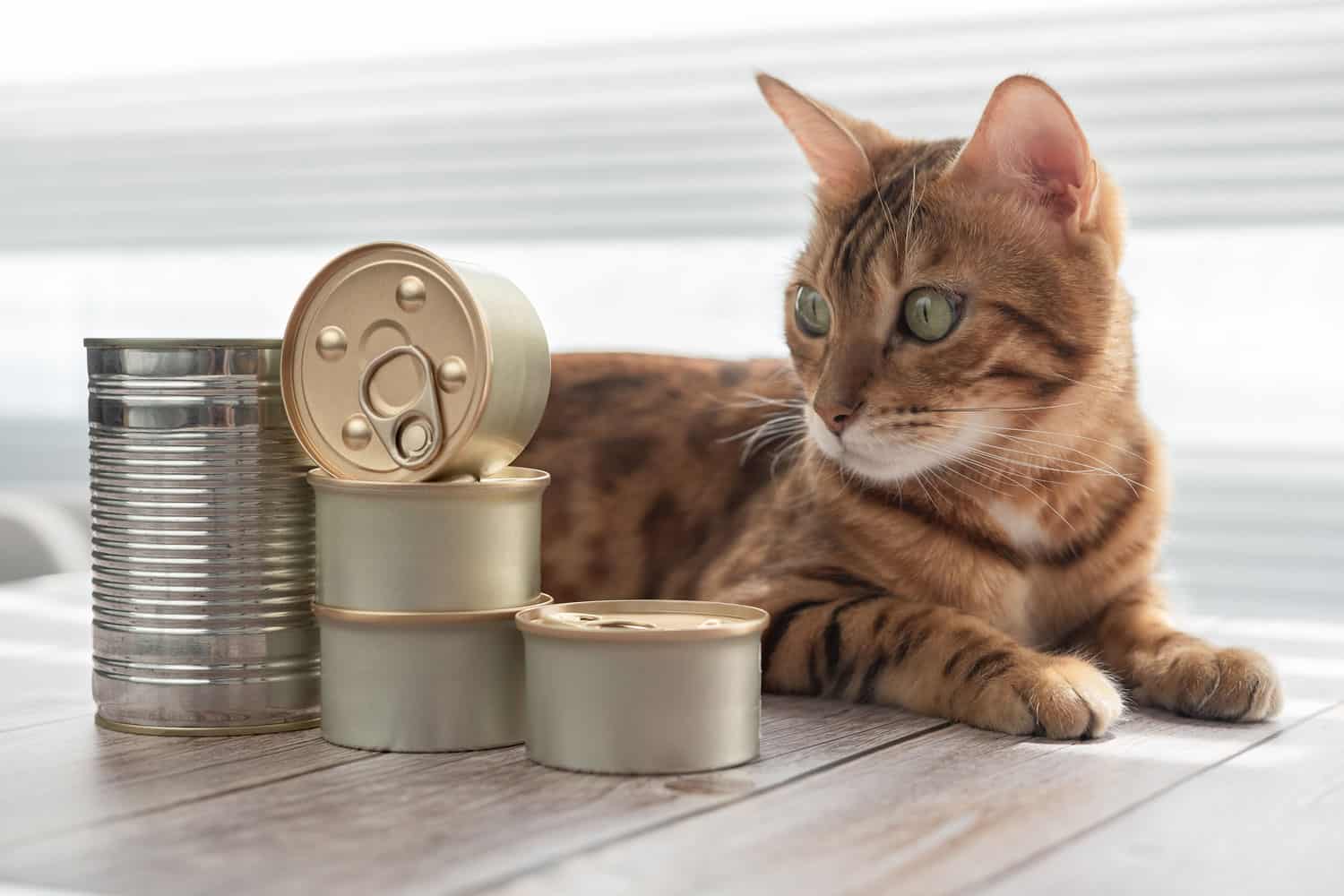
Based on the list of ingredients, look for the following canned foods:
- With muscle meat list (e.g. chicken, turkey, beef, rabbit, etc.) as the primary ingredient(s)
- With a short list of ingredients (excluding the usual long list of vitamins & minerals)
- No grain content (corn, wheat, rice, etc.)
- A few starch content (potatoes, tapioca, peas)
- Research has shown that soy contains enzyme inhibitors that impede normal protein digestion, and many suspect soy as a contributing factor in the development of hyperthyroidism in cats (1). So, avoid soy content.
- A few (to no) fruit or vegetable content – or the bulk of the fruits and vegetables included in the food are at the very bottom of the list (after the vitamin/supplements).
What About “Meat by-products?”
“Meat by-products” are a controversial ingredient.
“By-products” can include the organs, brain, blood, bone, stomach, and intestines. These may sound awful to us, but they are a very important part of good cat nutrition.
Cats will fare far better on meat by-products than they will on grains or starches.
Of course, it’s impossible to tell which by-products are in the food, and the mix may be healthy or not-so-healthy. The ash content can be an indicator.
Read more about the topic here: By-Products in Cat Food: 5 Facts You Need to Know
What is “Ash?”
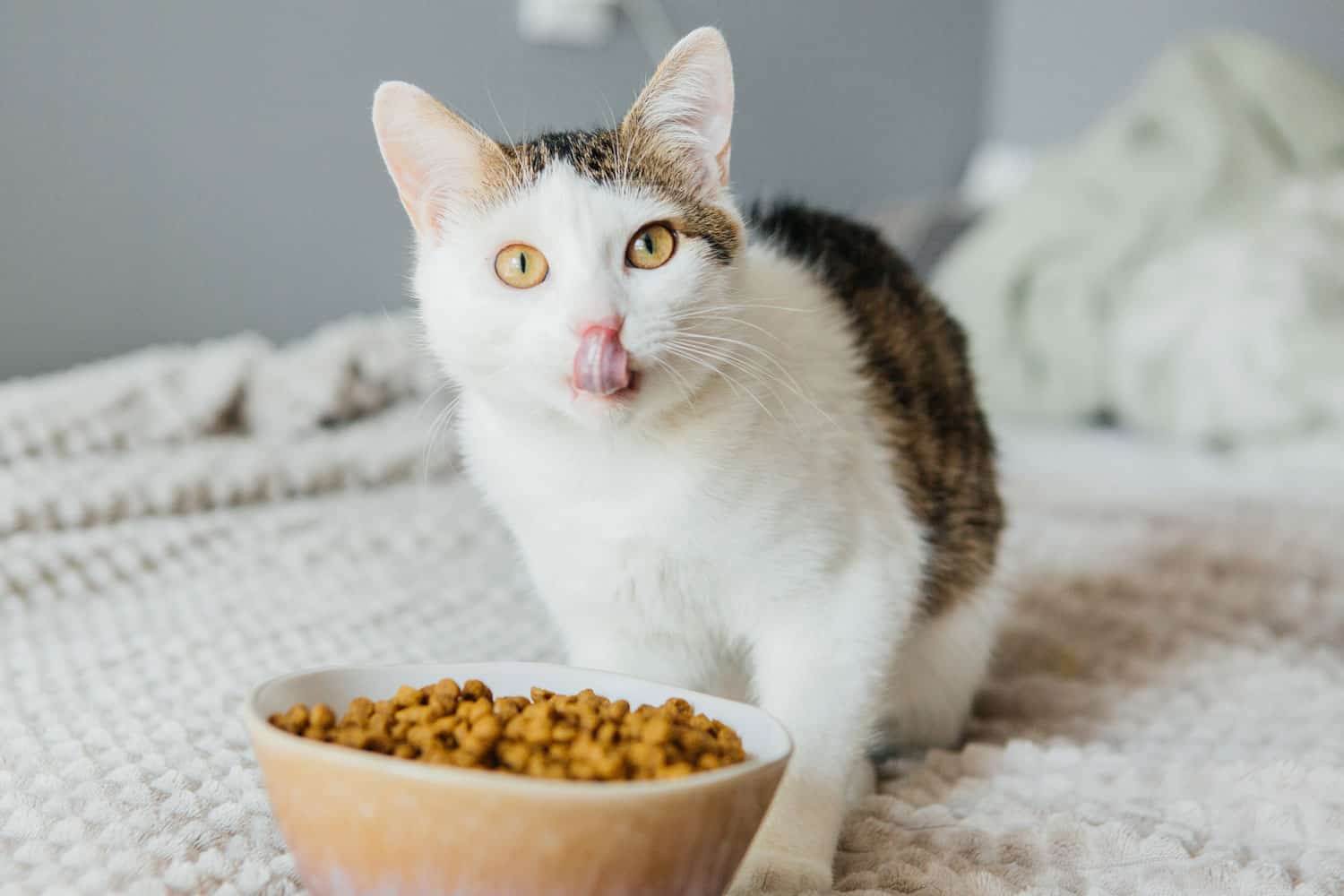
Ash in cat food is indicative of the total mineral content.
Ash can be any combination of calcium, phosphorus, magnesium, potassium, sodium, silicon, sulfur, and other trace minerals.
These are essential nutrients for our cats, and a necessary component of the diet in the correct amount.
The guaranteed analysis lists the total ash content as a maximum percentage.
Look for an ash content of 2-3 percent or lower in canned cat food.
Some generic brands of cat food have ash contents listed as high as 8 percent. High ash contents in canned foods are a red flag that the food may contain lower quality ingredients.
Confused? Don't worry. Nutrition can be a daunting aspect of cat care, but that's what we're here for.
Join us at the Cat Nutrition Forum where you can ask your questions and participate in discussions about the various aspects of feline nutrition.
Written by Laurie Goldstein
Laurie Goldstein is a CFA Charterholder. In addition to her work as an equity analyst, she applies her research skill to all things cat, focusing on nutrition and advocacy for feral cat management via trap-neuter-return (TNR) and educational research on cat predation. Learn more about feral cats on her website Stray Pet Advocacy.
Comments? Leave them using the comment section below. Questions? Please use the cat forums for those!
Note: We may get commissions for purchases made through links on this page.

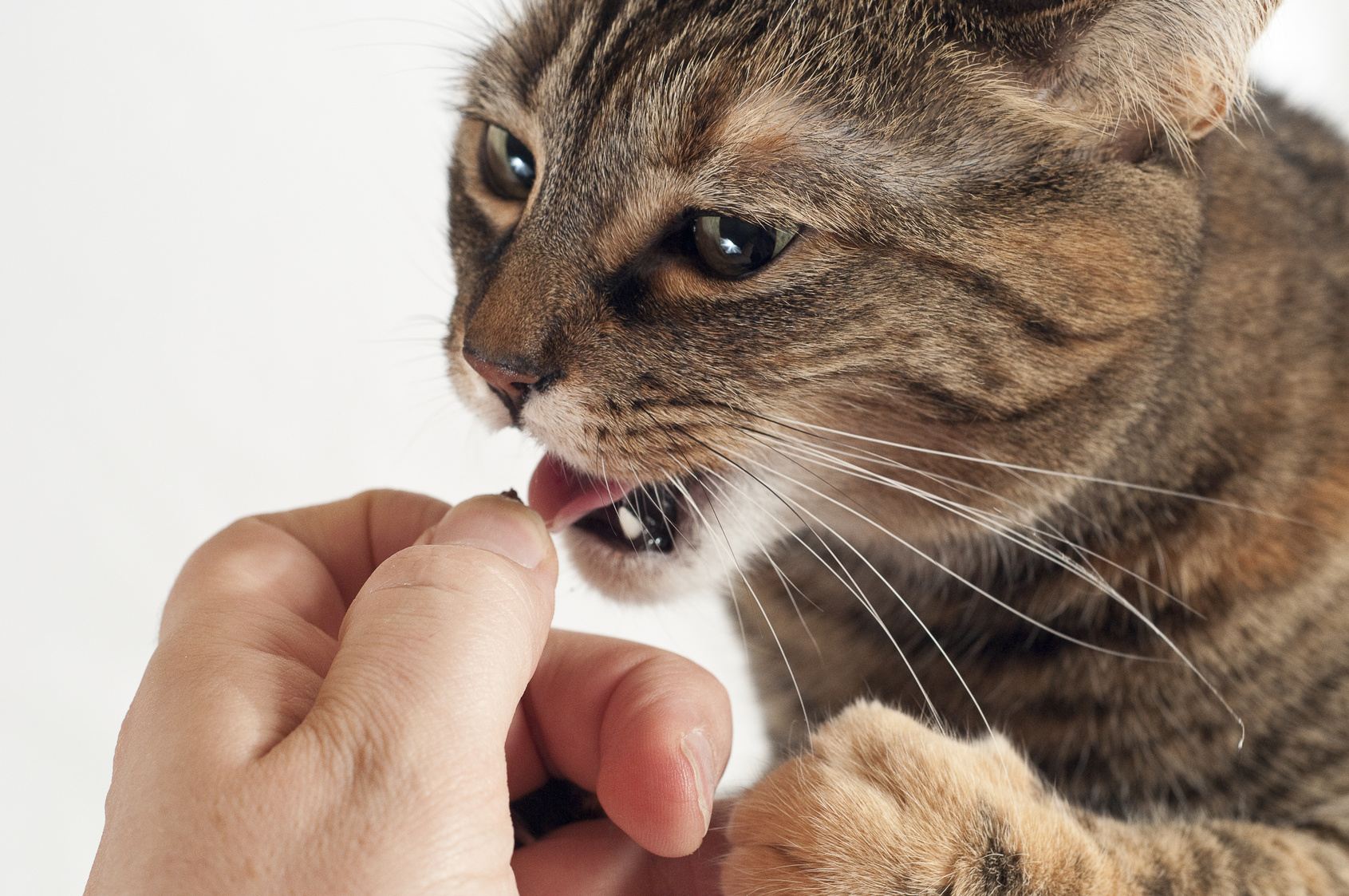
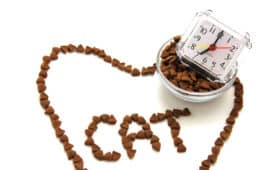
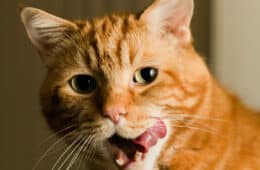
6 comments on “What Makes The Best Canned Cat Food? [Answered]”